Electricity law isn’t enough for Switzerland to achieve climate goals
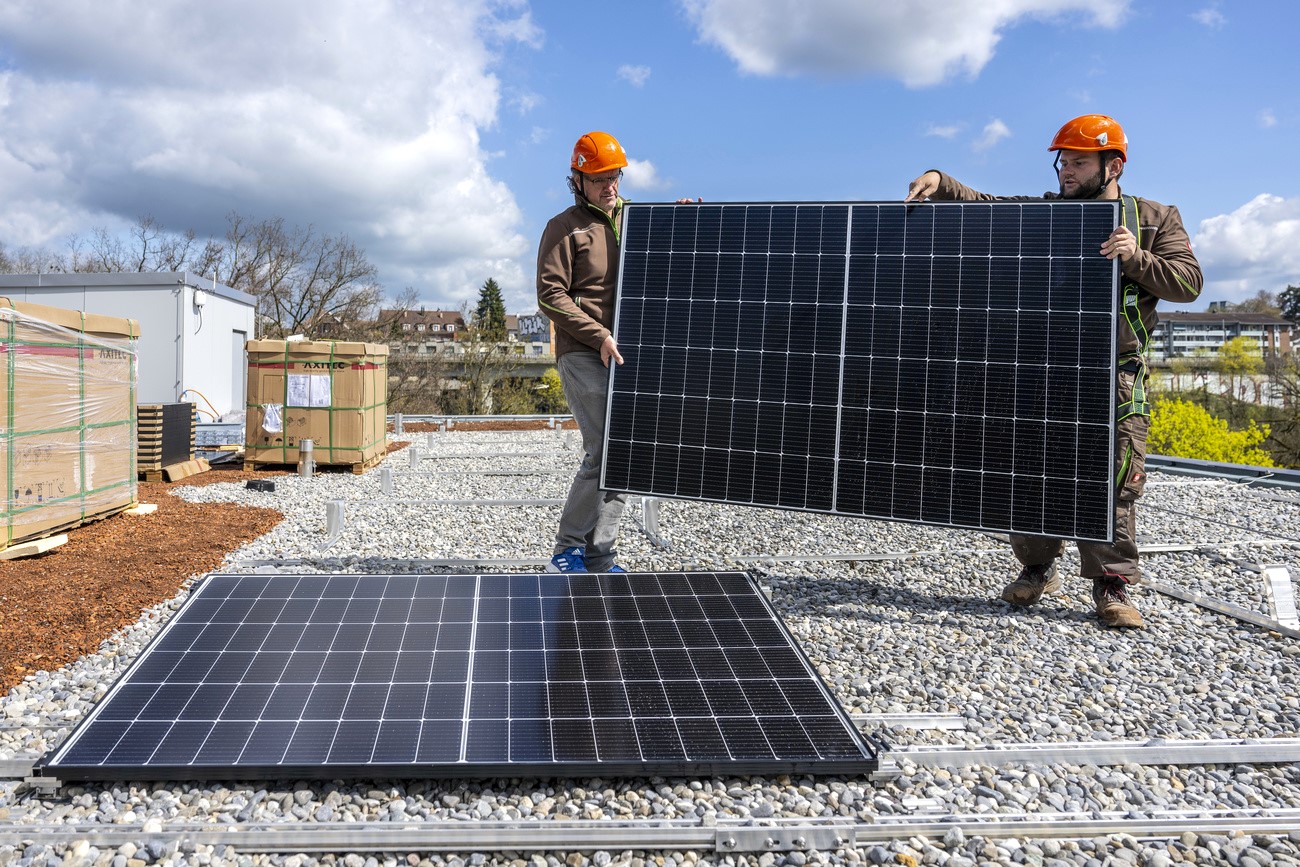
The federal law to secure electricity supply, approved by Swiss voters on Sunday, will boost domestic production of renewable energies. But what impact will it have on electricity bills, alpine landscapes and climate protection?
Over the next 10 to 15 years, Switzerland will generate more electricity from renewable sources, especially solar and hydropower. This will reduce its reliance on other countries during the winter. This was a key aim of the electricity law, which was accepted by popular vote on June 9.
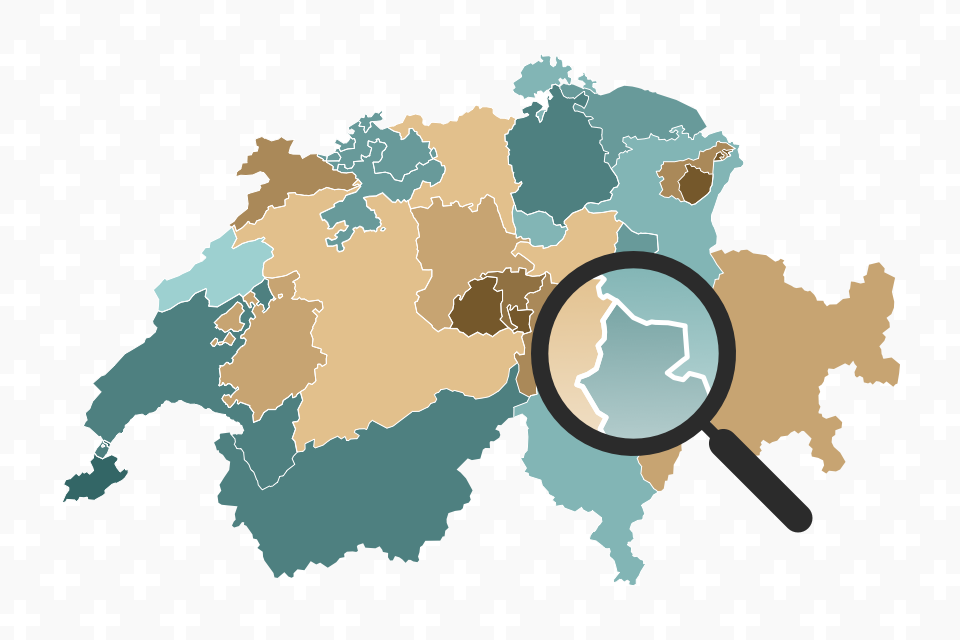
More
June 9, 2024 votes: results from across Switzerland
The package of measures in the law is intended to speed up the energy transition. Inevitably, it will have repercussions, especially on alpine landscapes and biodiversity. Here are some answers to some key questions about what happens next.
Will solar panels be installed on all buildings in Switzerland?
According to the new law, by 2035 at least 35 terawatt hours (TWh) of electricity should be produced by renewables (and 45 TWh by 2050). This is about six times more than in 2022.
Most of this green energy will come from the sun. Over 80% of the planned solar projects should be built on existing structures, including roofs and facades of residential buildings and shopping centres.
The obligation to install solar panels will, however, not be a blanket one. It will apply only to new buildings with a ground surface of over 300 square metres. This requirement was already introduced as an urgent and temporary measure in 2022, as part of the parliament’s “Solar-Express” offensive to boost renewable power.
+Can solar panels on highways accelerate the supply of green energy?
Will Switzerland build new dams?
Dams will continue to play a vital role in ensuring wintertime electricity supply. Hydroelectric production should increase from 37.2 TWh in 2023 to 39.2 TWh in 2050.
The law accepted on Sunday will speed up implementation of 16 hydropower projects already agreed upon by the federal government, cantons, environmental associations and electricity supply companies. Thirteen existing power plants will be expanded, and three new dams will be built in the Alps. One of these is planned in Zermatt in canton Valais, in the shadow of the Matterhorn.
Will the energy transition damage the Alps?
Solar and wind farms that are considered important at a national level will, under certain conditions, take priority over nature and landscape protection. This makes it easier to build large-scale installations in the Alps and in forests.
Alpine solar installations offer the advantage of providing large amounts of electricity during the winter, when many lowland solar panels are shrouded in fog. Wind power also produces most of its electricity during the winter months.

More
Newsletters
“There will be an impact on the landscape and biodiversity, because these installations can be built in protected environments,” says Marc Vonlanthen, professor at the School of Engineering and Architecture of Fribourg. Biotopes of national importance will continue to be protected but with some exceptions.
However, the image of the countryside dotted with wind turbines, as painted by opponents of the electricity law, is far-fetched. Around 460 turbines would be sufficient, according to a study by the federal technology institute ETH Zurich.
+ Explainer: how the Swiss electricity market works

Will Switzerland produce all its electricity from renewables?
This is the big question. If Switzerland turns its back on fossil fuels it will need more electricity for heating buildings (heat pumps) and mobility (electric vehicles). On top of this Switzerland is gradually phasing out nuclear power, which today provides around one third of the electricity used in the country.
There are many different scenarios when it comes to future electricity needs. Federal authorities estimate that by 2050 electricity consumption will reach 76 TWh per year compared to around 67 TWh today. The Association of Swiss Electricity Companies estimates it will reach 80–90 TWh, while a studyExternal link by the Swiss Federal Institute of Technology Lausanne (EPFL) puts the figure as high as 110 TWh. It is therefore difficult to make predictions about electricity supply security in 20 to 30 years’ time.
What is certain is that the problem of intermittent renewable electricity production will need to be resolved, says Michaël Aklin, professor of public policy and sustainability at EPFL. “When you turn on the light, you want it immediately. There has to be sufficient production at all times, 24 hours a day, 365 days a year.”
There needs to be solutions for storing renewable energy, Aklin stresses. Solutions include converting surplus electricity into chemical energy (“power-to-X” technologies) and pumped-storage stations.
+ Swiss solutions for storing the energy of tomorrow
Will the electricity law enable Switzerland to meet its climate goals?
Increasing renewable electricity production will help Switzerland meet its climate goals says energy expert Hälg. “But other measures are also needed to effectively replace combustion cars and oil and gas heating systems with renewable alternatives.”
According to Aklin, the law accepted by voters on Sunday will help prevent nuclear power from being replaced by gas or coal, as has happened in Germany.
But, he adds, the climate challenge calls for far-reaching change in sectors other than electricity. “We will need to adapt technologies used to produce cement and concrete, consider incentives to boost energy efficiency, and have people with the skills to get all the work done,” he says.
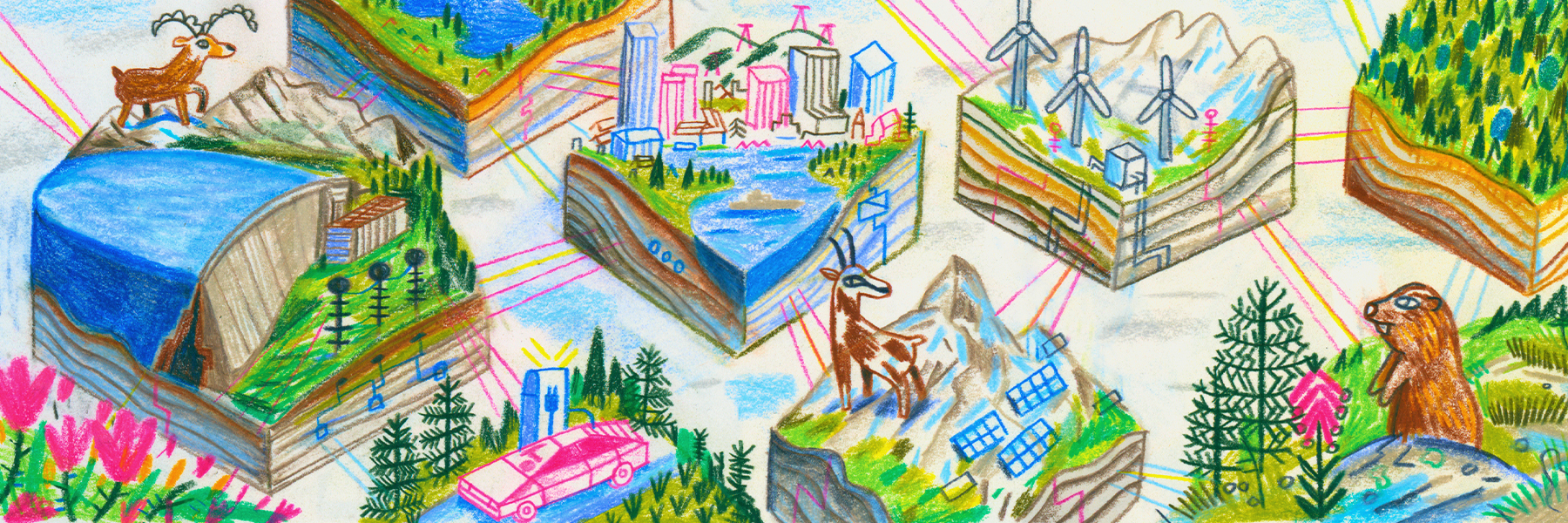
More
Swiss solutions for storing the energy of tomorrow
Edited by Samuel Jaberg. Adapted from Italian by Julia Bassam/jdp.

In compliance with the JTI standards
More: SWI swissinfo.ch certified by the Journalism Trust Initiative









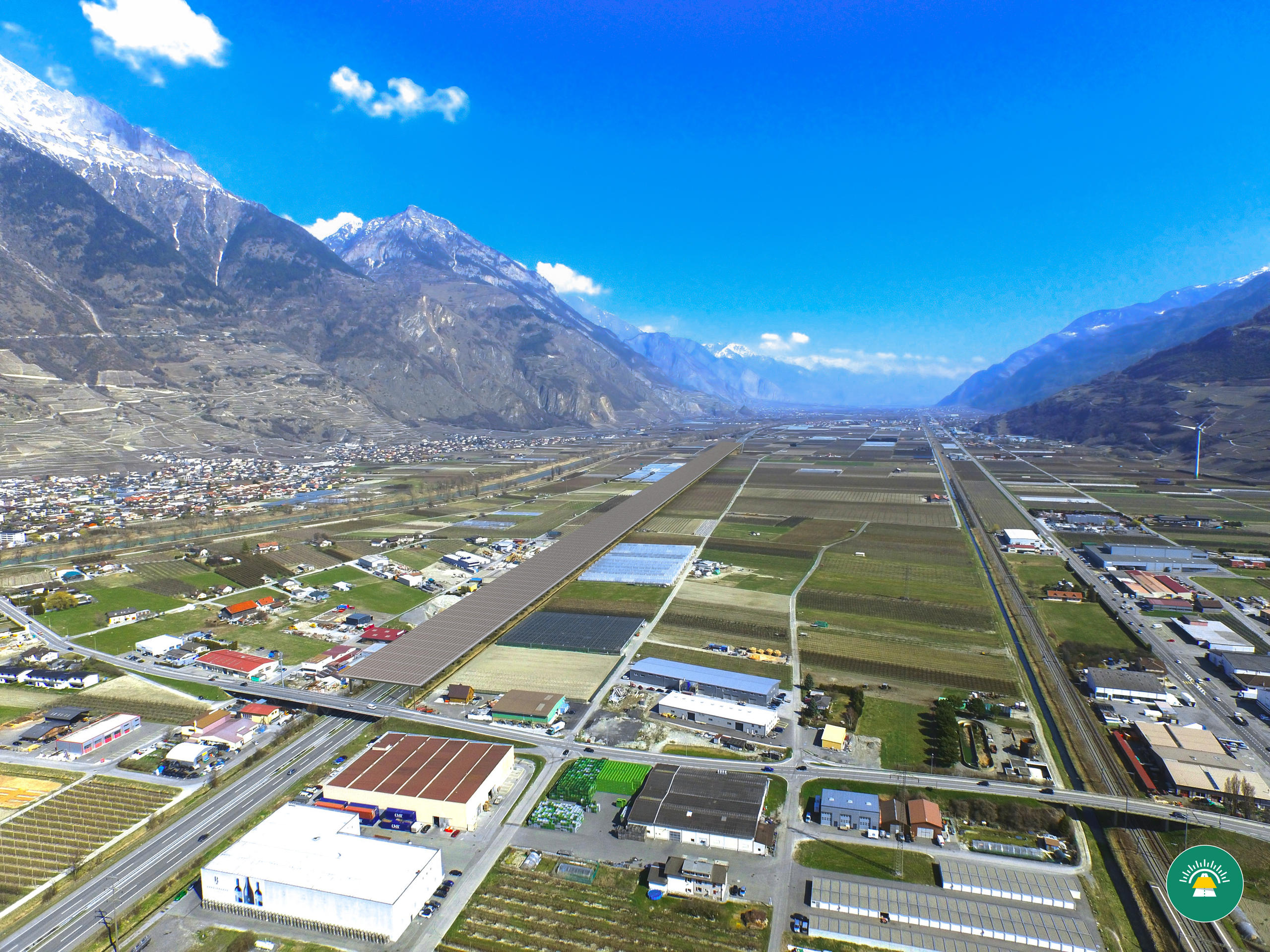



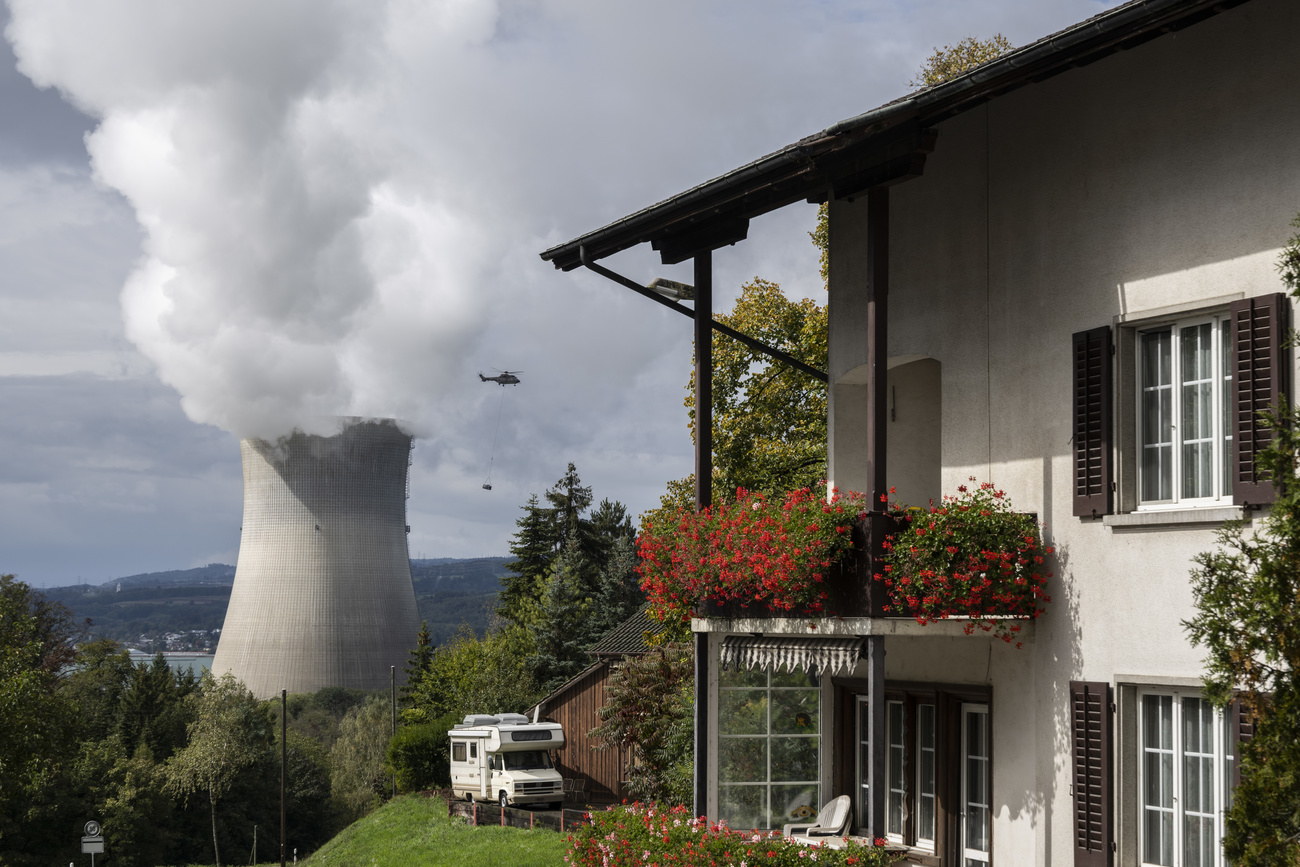
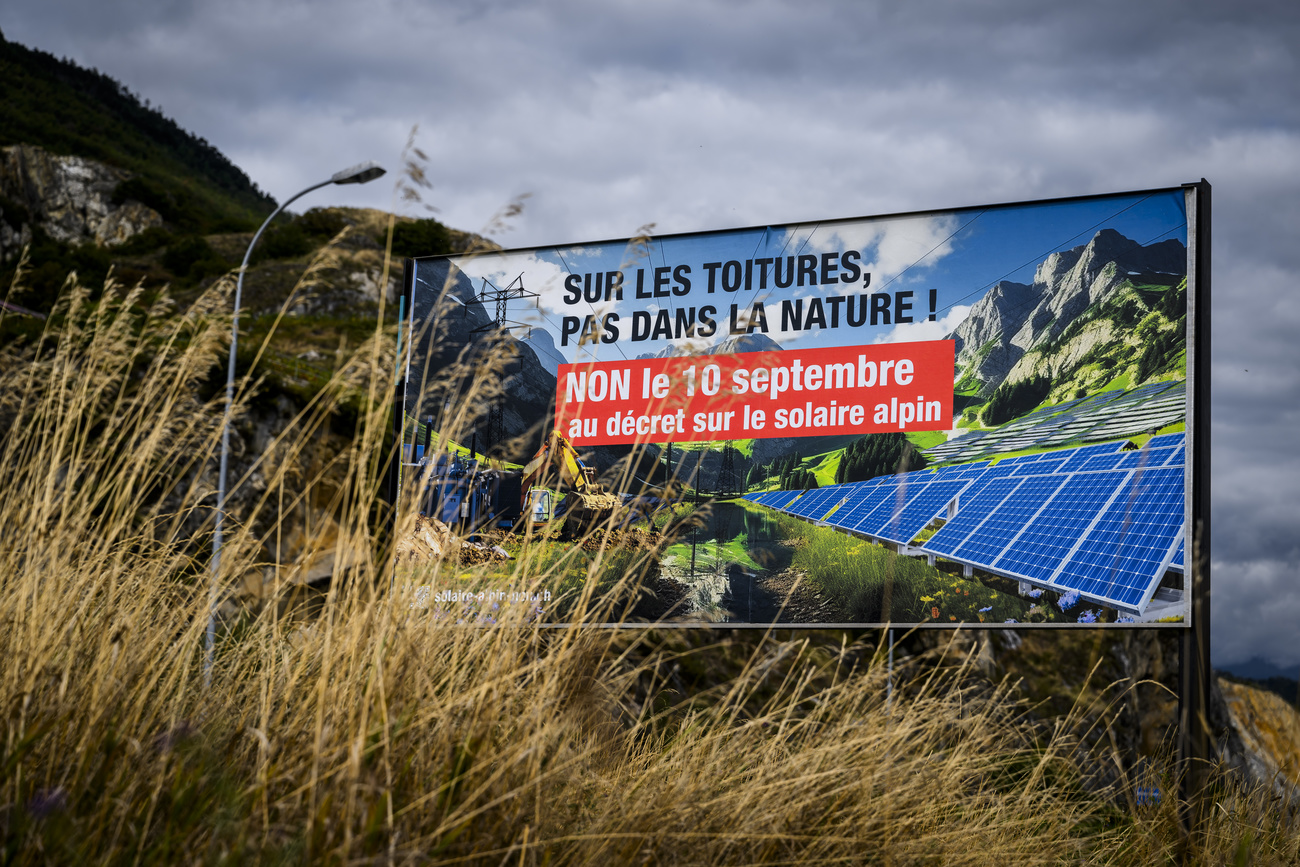
You can find an overview of ongoing debates with our journalists here . Please join us!
If you want to start a conversation about a topic raised in this article or want to report factual errors, email us at english@swissinfo.ch.